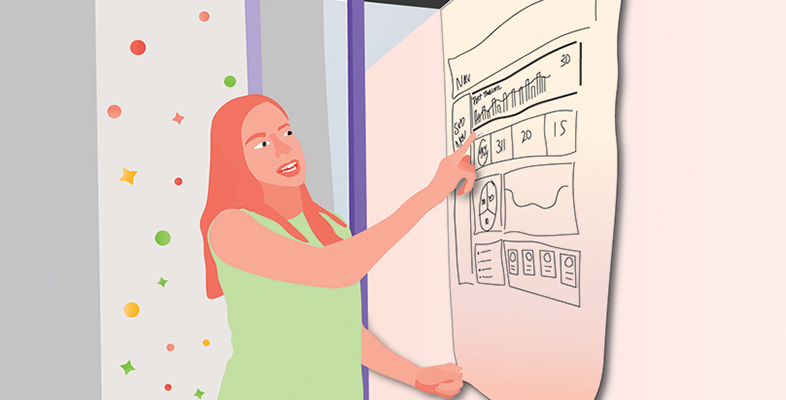3.1 The need for new types of value
The 21st century has brought with it a range of fresh challenges for organisations. Climate change, growing inequality, political uncertainty, and economic insecurity continue to pose threats to the short- and long-term health of organisations. Across sectors, these issues are leading to a progressively more unhealthy and demotivated workforce who are demanding more than zero-hour contracts and stagnating wages. These mounting problems have led increasingly to a reconsideration of dominant economic values. Our once sacred market principles of productivity, efficiency, and profit are gradually being challenged.
On the other hand, these challenges also offer a profound opportunity. They represent the possibility of exploring and experimenting with new types of value and economic paradigms. To this end, academics, policy makers, and entrepreneurs are recognising that past models may be ethically and practically inferior to newer ones currently surfacing. The traditional embrace of the free-market is being supplemented and even potentially replaced by an emphasis on sharing, collaboration, ecological survival, and human welfare. In place of established “economic" value are more expansive ideas of “social" and “human" value. These encompass renewed desires for improving the rights of workers and placing environmental concerns as a priority.
Activity 5 Producing ‘human-centred’ value
1. Watch the following video created by the International Labour Organisation:
Work for a Brighter Future: Video (LINK) [Tip: hold Ctrl and click a link to open it in a new tab. (Hide tip)]
2. Now take a look over the accompanying ILO website, which introduces a report from the Global Commission on the Future of Work:
3. Read the following sections of the report (which will be directly linked below):
- Executive Summary (pp. 9-14)
- Seizing the Moment (pp. 17-24)
4. Now answer the following question in 3–5 sentences:
- How would you summarise what they mean by a ‘human-centred agenda’?
Answer
While you could have described a human-centred agenda in a range of different ways, it should be similar to how the report author defined it in the report on p. 11:
‘…strengthens the social contract by placing people and the work they do at the centre of economic and social policy and business practice.’
5. Look at the table on p. 51 of the report, outlining the ten points for realising a ‘human-centred agenda’ based on three ‘investment’ goals. Afterwards, search for examples of organisations that are trying to achieve at least 1 of the 3 main goals of this ‘human-centred agenda’:
- Increasing investment in people’s capabilities.
- Increasing investment in the institutions of work.
- Increasing investment in decent and sustainable work.
